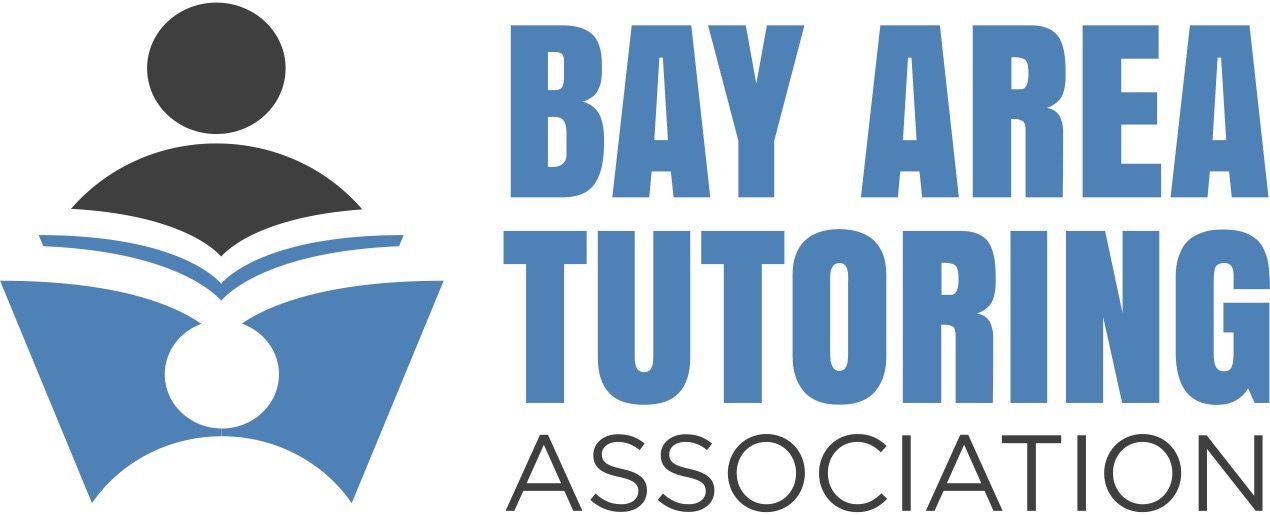As drought conditions worsen in Santa Clara County, the water district has declared a water shortage emergency and asks residents to conserve water.
Historically dry winters, reductions in imported water from neighboring regions, and a recent federal mandate to drain the district’s largest reservoir have left the county with a dwindling water supply.
On Wednesday afternoon, the district’s board of directors voted unanimously to enact the local emergency and mandate a 15 percent reduction in water use, as compared to 2019.
“Our water supplies are in serious jeopardy,” Valley Water CEO Rick Callender said in a statement. “Valley Water will protect our groundwater resources by all reasonable means necessary and ensure we can provide safe, clean water to Santa Clara County.”
During a Monday press briefing, Director Gary Kremen said the current drought, “has come on so much faster than the last drought.” The sudden onset can be attributed to a number of reasons ⸺ including a severely depleted snowpack in the Sierra Nevada mountains. As of June 1, the snowpack was 5 percent of normal and the state’s snow water equivalent was zero percent of normal.
Approximately 50 percent of the district’s water supply typically comes from outside Santa Clara County. But with the entire state on alert, Valley Water’s allocations from the State Water Project and the Central Valley Project have been drastically reduced.
Kremen said that buying it on the open market has been difficult, as well, since “everyone else is buying it at the same time,” and at a much higher price: about ten times what it was two years ago by Kremen’s estimates.
The district’s largest reserve ⸺ Anderson Reservoir near Morgan Hill ⸺ was drained to three percent capacity last year per the request of the Federal Energy Regulatory Commission over concerns that the dam wouldn’t withstand an earthquake. A retrofitting project is currently underway, but the district says it will be ten years before the reservoir can store water again.
Milpitas City Manager Steve McHarris told The Beat that the city receives approximately 30 percent of its water supply from Valley Water. In preparation, the Milpitas City Council next Tuesday is discussing its Water Shortage Contingency Plan (WSCP).
“The WSCP examines the city’s contingency plan in the event of a declared water emergency or enactment of more stringent restrictions on water use,” McHarris said. “Our main focus is educating our residents and businesses to conserve water and seeking voluntary compliance. With those measures, we expect to achieve the water use reduction target.”
The district asks residents and businesses to conserve water by taking advantage of its rebate programs, including the landscape rebate program that encourages residents to remove “high-water-use landscape,” such as lawns and pools. On July 1, the maximum rebate amount for residential sites will increase to $3,000.
Valley Water will also mail residents free water-saving devices, such as low-flow showerheads and toilet flappers.








